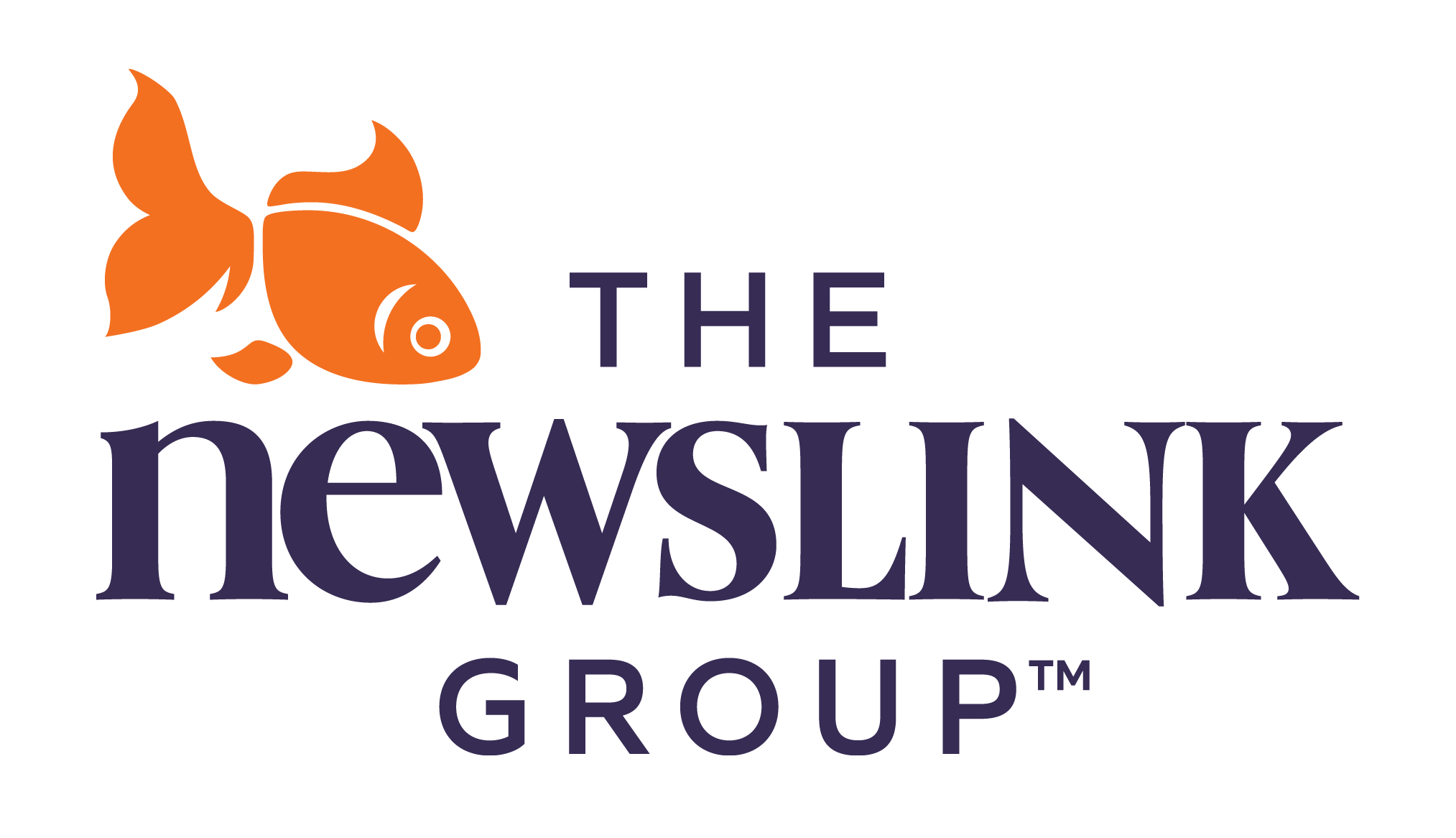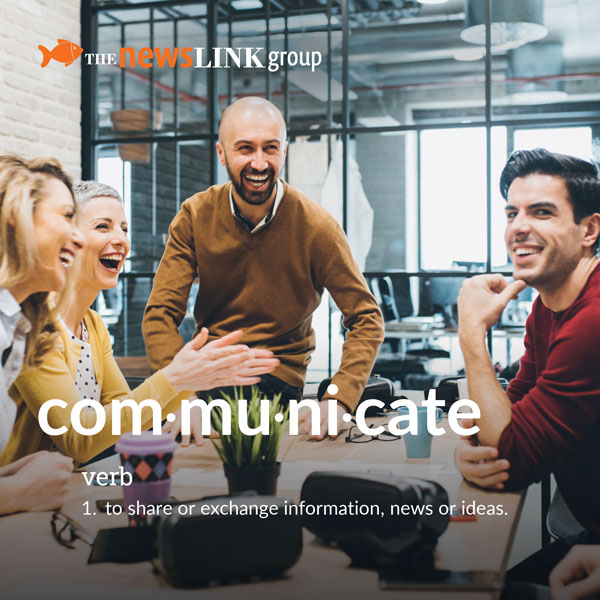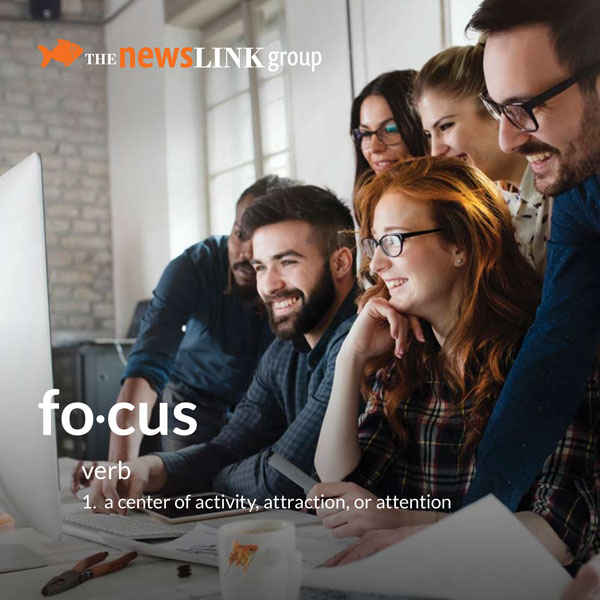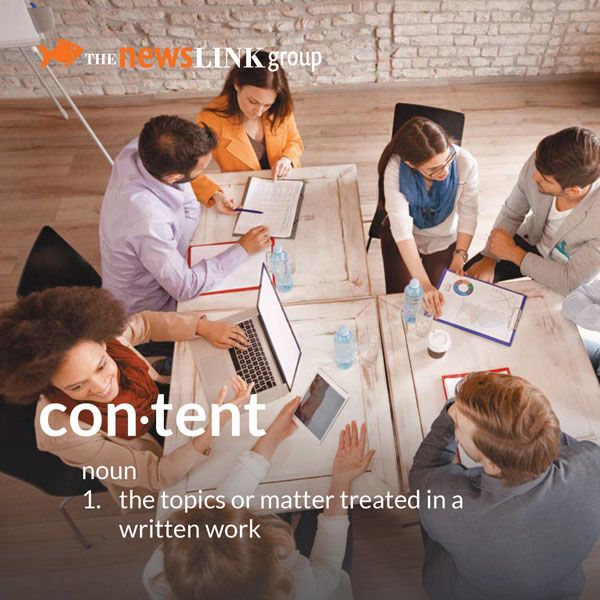newsLINK Publications
Communicate!
When it comes to recruiting and retaining members, associations put their best resources to work: they pump up association committees, update their websites, and capitalize on their trade journals — all of which put valuable information right at their members’ fingertips.
focus
The average attention span for the notoriously ill-focused goldfish is nine seconds, but according to a study from Microsoft Corp., people now generally lose concentration after eight seconds. That decrease highlights the effects of an increasingly digitized lifestyle on the brain.
You can download a copy of the brochure by opening the flippingbook and clicking the download button on the bottom menu.
content
You can download a copy of the brochure by opening the flip book and clicking the download button on the bottom menu.
Interesting Links
How print became the definition of luxury in the digital age
Experience the power of a bookbook™
Frequently Asked Questions
Our work is competitive in quality and price. That said, any professional media, communications and publishing partner can give you high-quality work for a fair price if their core competency is publishing.
We want you to choose a company whose strengths are a good match for your organization’s needs. Our most successful clients share common characteristics:
- They prioritize communicating with members.
- They want to produce a top-notch publication but have limited resources.
- Everyone at the association is committed to outsourcing.
- They have realistic expectations and collaborate with us. Outsourcing works well — especially in publishing — but it is most successful when we can discuss the known problems and find solutions together.
You will have a deadline for submitting content. We understand that in the association world, frequent events and projects sometimes make it difficult to turn in the content on time. At the same time, we need a long-enough turnaround to do a good job. We encourage you and our other clients to communicate with us frequently so we can coordinate with you for the best possible result.
After we get your content, we work on a 18-working day production schedule, where a “working day” is considered to be a non-holiday or weekend when most businesses are open and mail is delivered. The production schedule starts the first day after we have received all the content from our client. Allowing for holidays and weekends, creating a magazine usually takes about one month, give or take a day, from our doorstep to your members’ hands.
Each issue’s production run would include editors, graphic designers, web designers, writers (if needed) and sales and marketing specialists. Your primary contact is the Editorial Manager. You may also have contact with the sales and marketing staff, who handle ad sales in-house.
The Editorial Manager collects all content, arranges for any needed editorial content to be written. The Creative Director oversees the graphic layout process, makes sure that the project gets to press and that digital projects are posted or distributed.
Our goal is to develop long-term relationships that work for everyone.
Submit content in Microsoft Word format, with corresponding photos in a separate file. If you have a form — like a registration form —submit it as a high-resolution PDF.
We discourage clients from submitting PDFs for events and notices with the expectation that we will place them in the publication as-is. Too often, the submissions are not press quality or do not match the look and feel of the magazine. We’re happy to create whatever flyers, event notices and association “ads” you need for a particular publication, and you are welcome to use the results in other places as well.
We use the platform Monday.com for uploading content. Some clients prefer email, and that is fine too.
In the trade association world, ad sales depend on budget and having the right geographical market focus. We can make ad sales when the ad rates are reasonable, and associate members can afford to participate.
We speak with our client’s associate members two or three times a year. Budget meetings typically happen before Thanksgiving each year, so we send “consider XYZ magazine for your budget” emails during September and October, and then we follow up on our emails by calling people.
We can also show the value of ads in client magazines.
- We make sure our clients’ ad rates are in line with other association publications for reach, frequency and circulation.
- Since we produce printed and digital magazines, we share supportive analytics for open rates on digital magazines with clients.
We have noticed that when one firm advertises, other firms with similar services will advertise, too.
We encourage our clients to allow their associate members to submit editorial content if the members support the publication through advertising. Columns from accounting firms and attorney firms are very popular with a premium ad buy because it helps accountants and members make partner status.
We do not encourage “advertorials.” Those make it almost impossible to get anyone to look at the resulting magazines. Instead, we promote quality editorial content on topics that are of interest to the general membership.
Magazine websites
We provide our clients with a magazine website, which we host and make available to all. All publications are fully built out on the website so that people can share the articles to social media or email them out to others. We provide a PDF version and a “flippingbook” version on the publication website as well. We can also create a custom website banner to be placed on your homepage that can be linked to the magazine website.
Email Blast
We provide our clients with digital delivery of their magazine using a custom email template. We use MailChimp because we like their security protocols, their analytics and reporting, and we especially like their database management protocols for list maintenance.
Our templates are mobile-friendly and are supported across any platform. We create links in the email to the magazine website.
Clients give us a list of email recipients for an email blast, we write or edit the email message, and send it to clients for approval. After the email blast has gone out, we provide a report about it that includes information such as open rates, click-through rates, unique clicks, bounces and unsubscribes.
Doing something new and exciting is one of our favorite things. We will tweak or redesign the look of your magazine as often as you would like, within reason.
Redesigns are a collaborative process. We want our clients to be excited about the look and feel of their publication, and we want that look and feel to be consistent with the association brand. Our goal is to connect our clients’ magazines with the rest of the association brand.
We often use print magazines to drive traffic to a website or support event registration. We have found that QR codes are a great way to engage membership.
Changing a magazine’s paper or binding can give it new life.
- Our standard paper is 70# glossy paper, but we have other interesting options, too. Good paper can engage readers personally because it feels nice to touch.
- For magazines that are 32 pages and over, we offer a square backed binding, which is something between a saddle-stitch and a perfect bound finish. It adds a clean finish to a publication.
We work with clients in two-year publishing terms. This length gives us a good period to solve any problems and get a magazine running smoothly.
Any relationship takes time to develop, and it takes willingness from both our company and your organization to make it work. We value your business and will treat you accordingly. We will do our best to have any difficult conversations with you that might be necessary so we can work through any problems.
At the end of the two-year publishing term, we will both have the opportunity to notify each other that it is time to move on. The party that cancels, whether it is you or us, has to put it in writing and give it to the other party at least 90 days before the content due date of the last issue in the current publishing term.
We have experience creating print and digital communications.
- Print is the standard of communication within trade associations because it shows members what they are paying dues for. It’s a tangible ambassador of the association’s brand, efforts and activities.
- Digital communication is an important supplement. Members want to use their smartphones and other digital equipment to share information easily with colleagues and on social media.
Only you can decide whether our experience is relevant for your association. Most clients want a quality product, with the least amount of resources spent, whether those resources are money, staff time or sanity. As a small company, we encourage collaboration and creativity, and we make our graphic design staff available to clients.
We win awards all the time for our work: for design, content and the total package. Our awards include the following:
- Marcom
- Hermes
- Communicator
Visit our AWARDS page to read more about our awards.
Although a few of our clients provide all their content, the majority require some help. Our staff writers are well-qualified to write original content on a wide range of topics.
Well-written content creates value that resonates within the membership and adds to the membership experience in ways that nothing else can. Research and surveys have told us that the average time a reader spends with an industry-related publication is 47 minutes. Our goal is to help our clients use that time well.
If you need a detailed white paper, you probably need a writer who has specific industry knowledge, but we can do the following:
- Present the subject matter in a well-written, interesting and accurate way.
- Make the point succinctly and in a way as to support the association’s mission and values.
We provide whatever support our clients need. You might need one or more of the following:
- Meetings with your editorial board: Depending on safety considerations caused by the COVID-19 pandemic, we can either attend planning conferences in person or use social distancing techniques such as conference calls and Zoom meetings.
- Editorial support: We can conduct interviews and write member profiles, member-focused editorial content on new board members, and other people-related editorial content as needed.
- Interviews: We can approach industry experts, as you direct, for specific editorial content on topics of interest within an industry.
- Creation of in-depth feature articles: We will write these under your direction.
- Creation of other editorial content: We work with publication advertisers to provide editorial content about topics of interest, under your direction or with your approval. We make sure that we are not publishing advertorials and calling them editorials.
- Curation: We can curate industry editorial that is available as reprints.
- Photography: We have photographers on staff. If you need photos, and it fits within the scope of our budgeted services, our photographer can take photos.
Read More about Content on our SERVICES page.
We have exceptional full-time graphic designers on staff. They have helped us win many awards for excellence in publishing over the years.
To help our designers come up with the best possible work, we invest in continuous training for our staff so they are familiar with the latest trends and the newest tools.
We’re a marketing and communications agency. Everything is done in-house except printing and mailing.
We have worked with the same two printers ever since we’ve been in business, one for large runs and one for small runs. Our printers also mail our publications. We have excellent business partnerships with both of them.
Many of our printers’ equipment purchases have been made to help us meet our clients’ needs.
Our printers have pulled out many rush jobs for us on behalf of clients who sent late or last-minute material that had to be included in a certain publication while still keeping to the mail deadlines because of conventions or events.
We have a non-solicitation and confidentiality agreement in place with our printers, which protects mailing lists from being sold or shared. We have never had an issue with missed deadlines or sloppy handling of confidential information.
We always cover publishing costs before we calculate the profit because we want to make sure we produce high-quality magazines regardless of the number of ads sold. As a result, we do not guarantee a royalty or a fee to a client.
We base our business model on the idea that communication with association members is the lifeblood of an organization. Failure to create a quality publication compromises our reputation and also the reputation of our clients with their associate members.
Our financial calculations:
- Are based on annual calculations. We want to make sure that we have enough revenue to publish for the year, so our goal is to sell ads annually as well.
- Cover publishing costs and a modest overhead of 7%. We make our profit when our client does.
We share profits on an equal basis (50/50) with our clients because that approach encourages mutual collaboration on the project from beginning to end. When a magazine is funded entirely by advertising, as ours generally are, it also makes sense to limit the risk to us and our clients and to make sure that the publication is printed and mailed to the quality specifications presented in the media kit.
Most of our clients do not require their associate members to advertise in their publications. Depending on how receptive your associate members are, filling 16 pages of advertising out of a 32-page magazine may be a reasonable undertaking, or it may be an ambitious work-in-progress over the publishing year. However, we have found that when the goal is mutual profit sharing, both organizations — yours and ours — are more motivated to make a profit.
Full profit sharing happens when all available ad pages for the full year are sold within each issue. We calculate ad pages on a 50/50 ad-to-content ratio. However, profit sharing can certainly happen before all ad pages are sold; it will just be less profitable than it would be with the 50/50 ad-to-content ratio.




